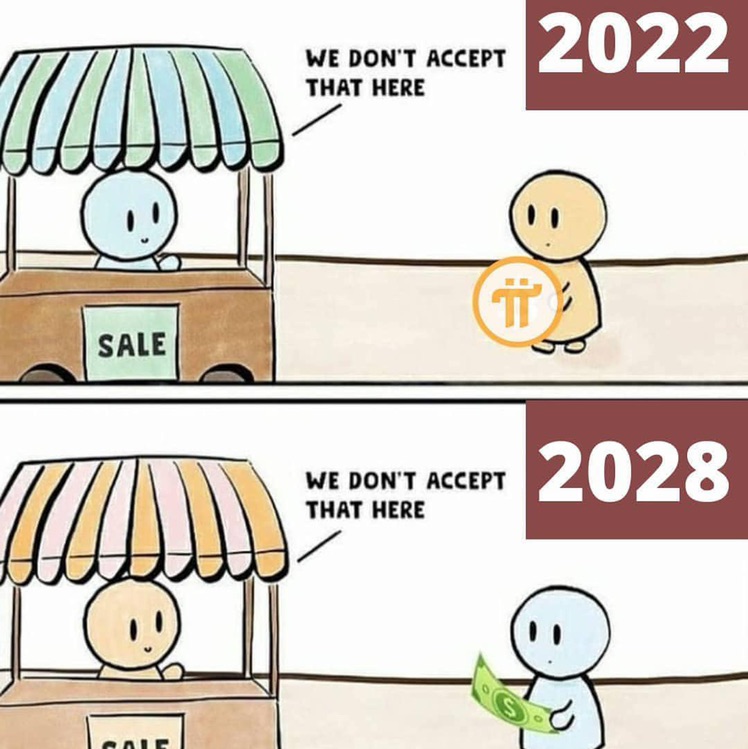
LittleSaves
暂无个人介绍
IP属地:未知
2关注
2粉丝
0主题
0勋章
Wonder where this is going to end
抱歉,原内容已删除
Time will tell if this works.
Beat the market with this quant system that’s very bullish on stocks at record highs
No
Is the U.S. stock market open on Labor Day?
Good 👍
These are the next three mega-cap tech stocks you’ll be hearing more about
Will Tesla go higher?
Tesla drives up S&P 500's disruptive tech exposure as the index rides to record highs in October
Ouch
抱歉,原内容已删除
Thanks
Retail sales, Consumer Price Index: What to know this week
A new innovation from RIM can change theirprospects
BlackBerry Has a Chance at Turning Into a Growth Stock
Cool
Berkshire Hathaway Q3 FY2021 Earnings Report Preview: What to Look For
Good
UBS Poaches From JPMorgan, Citi for Equities And Markets in ANZ
It will hold. El Salvador is too small to make a dent. The test is when one of the larger economies take the plunge
Bitcoin Faces Biggest Test as El Salvador Makes It Legal Tender
MAANG
抱歉,原内容已删除
It is going down further
抱歉,原内容已删除
BTC’s for 70k👍
Why Bitcoin-Related And Ethereum-Related Stocks Are Moving Today
No
Should You Buy Peloton Before It Goes Back Up?
Good deal👍
抱歉,原内容已删除
They’ve been saying this for a while now.
JPMorgan Warns S&P Fair Value Is 2,500 If Inflation Shocks Do Not Fade Away
去老虎APP查看更多动态